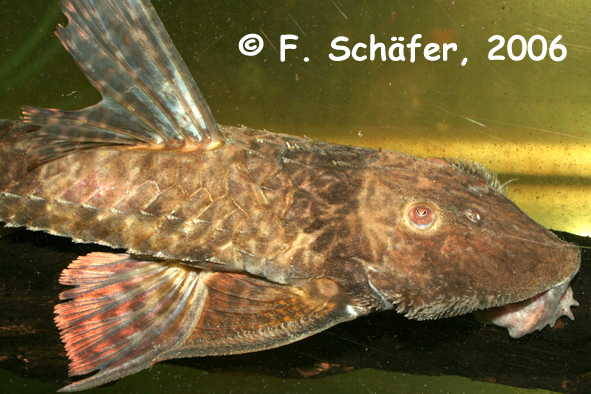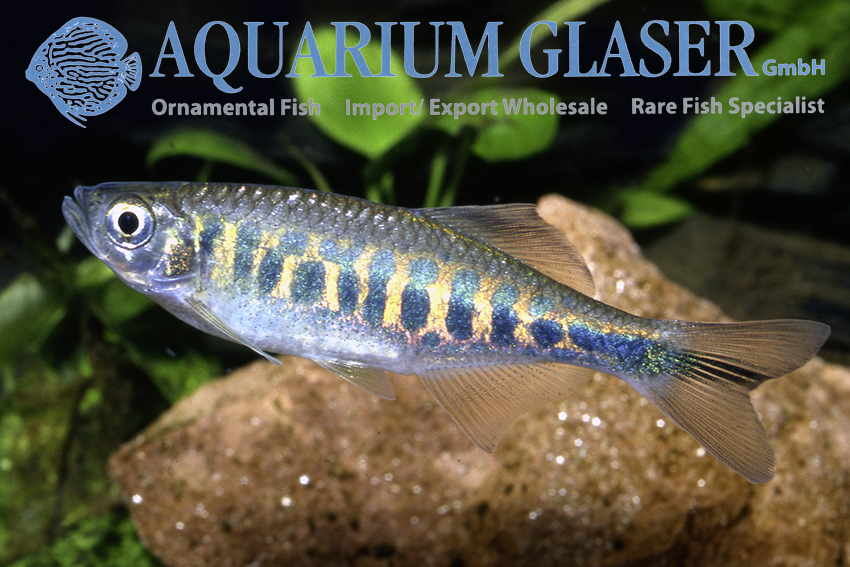The Clown Featherback is well known to the hobby and has been imported as early as 1934 from South-East Asia. They are nocturnal fish and when they get older they become solitary. The fish tank should be decorated with dense patches of plants on the sides and back but should be kept with enough swimming space. A couple of hiding places made with stones and bogwood should not be omitted. These fish prefer shady areas and therefore floating plants should be added as well. The water should be soft (below 5 degrees German hardness) and sligthly acidious (pH 6.0-6.5). These fish are predatory. They take all kinds of live food (worms, insects and their larvae, molluscs and fish). Small cut meat preferably crab meat are taken as well. C.ornata Is the biggest representative of the family. It has been published that Individuals have been grown up to 1 meter in length. These animals are favoured as food fish in the countries they originate from.(Photo: Frank Schäfer, Text: Izaak den Daas)
| Angaben zum Tier | |
|---|---|
| Herkunft | Laos, Thailand Kamboscha, Mekong |
| Name | Tausenddollarfisch |


























































































